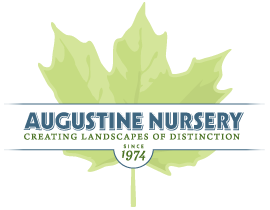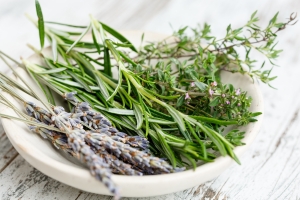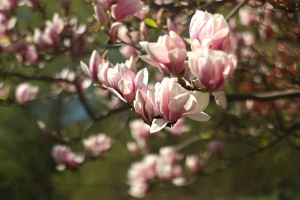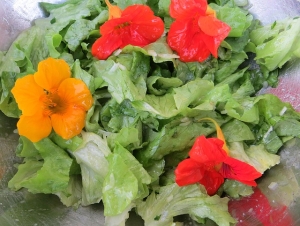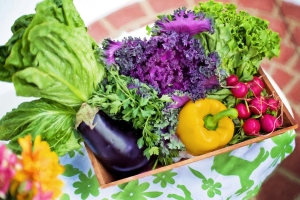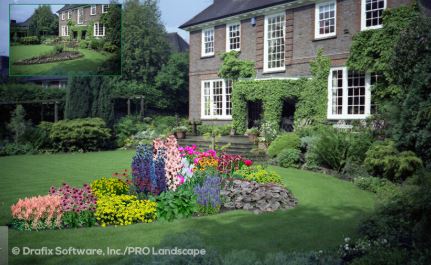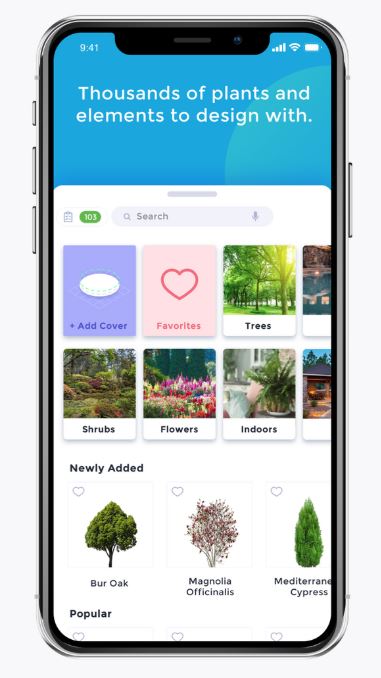Your Garden and Yard is Good for Your Health
The lengthy COVID-19 pandemic has created a lot of upset and anxiety in people’s lives. Social distancing, isolation, disruptions in work and schooling, and financial issues are wearing on us all. Did you know that there’s a well-documented treatment that can be had by simply walking out your door?
It’s not a new concept that time spent outdoors helps people manage stress and anxiety. The boost of Vitamin D from the sun helps our bodies function more efficiently and the increase in serotonin levels from being with nature promotes calm and reduces stress. This makes landscaping and gardening Mother Nature’s best defense against stress.
Healthy Body
In addition, doing yardwork and gardening is a full-body workout. It helps strengthen arms and legs, keeps your joints supple, and improves heart health. The added bonus is that it will spark your creativity as you think about colors and textures and layouts.
Healthy Mind
Whether raking leaves, weeding flowerbeds, or tending to vegetables, gardening is an effective way to practice mindfulness. Engaging fully in the task at hand, noticing the color combinations and the smell of the earth is good for your well-being.
Getting Started or Expanding
Whether you’re an experienced gardener or want to start to experiment, the beauty of gardening is that you can start small or go big. Beautiful landscaping not only protects your yard against erosion and other detriments, but protects your yard as a valuable asset. Start at a level you can handle and add on in increments.
Professionals Provide the Best Advice
To get the most out of your landscaping projects, work with a professional like us. We’re all in this together. Don’t think of us as an added expense at a time when finances could be tight. Think of us as a valuable resource that can help you best manage the budget you have and provide information and the healthy plantings to make your efforts and investment a success. Whether you’re looking to plant a big shade tree, add some shrubs, or put a border bed around your patio, we can point you to the best plantings for your yard.
Augustine Nursery is a family-owned and run business. We stand ready to help as little or as much as you need and want. And, we’ve instituted practices that protect your family during this pandemic.
So don’t hesitate to get out there to reap all the benefits of improving the beauty and function of your landscape.
We’re closely following all current OSHA & CDC protocols to help keep our workers and clients safe and healthy. So let’s all get out there, get back to the earth space of your own yard, and reap all the benefits of working out in nature.
